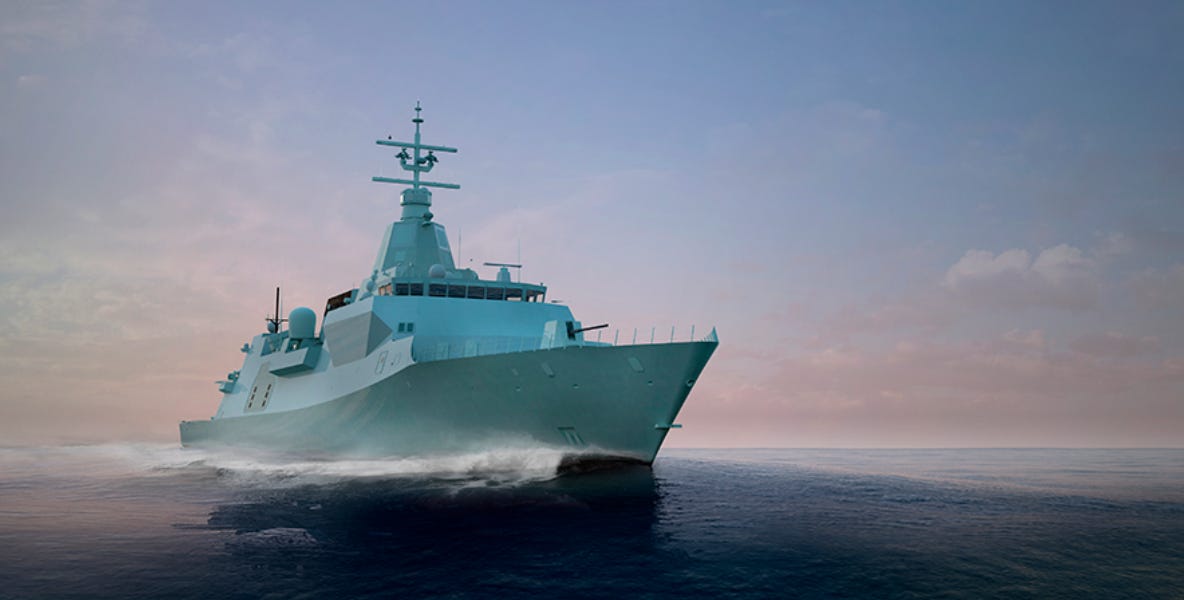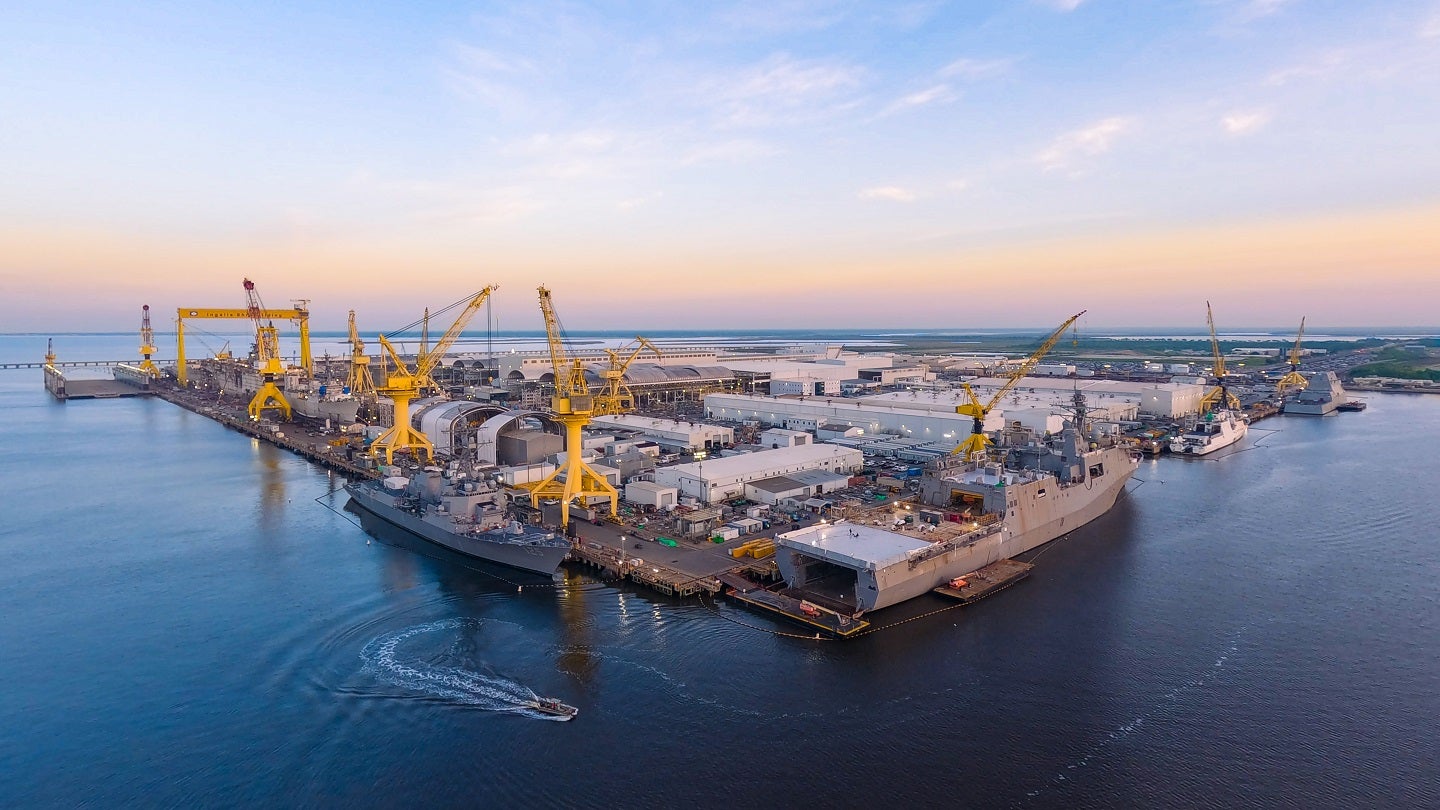And yet there was a ton of stuff that was cutting edge technology. Aircraft carriers, radars, fire control systems, submarines, fighters, code breaking computers, radios, sonars, medical technology, superbombers, and so on.
There is always a mix. Some things can be good enough (Liberty ships), and other things need to be top of the line (USS Midway).
That comment, Underway left me thinking....
Aircraft carriers of WW2
Japan started the war with ten aircraft carriers
seven American aircraft carriers at the beginning of the hostilities, although only three of them were operating in the Pacific.
seven aircraft carriers afloat, the Royal Navy
RN Carriers
Argus - 1914 civilian liner converted to carrier 1916-1918
Hermes - 1917 aircraft carrier
Eagle - 1913 battleship converted to carrier 1918-1924
Furious - 1915 battle cruiser converted to carrier 1925
Courageous - 1915 battle cruiser converted to carrier 1924-1928
Glorious - 1915 battle cruiser converted to carrier 1924-1930
Ark Royal - 1935 aircraft carrier
These seven ships constituted the RN's carrier fleet in September 1939
Illustrious - 1937 aircraft carrier commissioned 1940
Indomitable - 1937 commissioned 1940
Formidable - 1937 commissioned 1940
Victorious - 1937 commissioned 1941
These four were ordered in the run up to the war but were a bit late to the fight.
Implacable - 1939 commissioned 1943
Indefatigable - 1939 commissioned 1944
These two were modifications to the 1937 design
Audacious class - 1942 cancelled 1945
Malta class - cancelled before construction 1945
These never made it to the field.
Light Carriers 1942
These were simplified naval designs that could be built quickly in civilian yards.
Colossus Class - 1942 commissioned 1944 - 8 ships plus 2 maintenance carriers
Majestic Class - 1945 commissioned 1946 - 6 ships
Centaur Class - 1944 commissioned 1953 - 4 ships
Merchant Carriers
These vessels were laid down as civilian grain carriers and oil tankers and sailed as civilian vessels although some were taken into service
Catapult Aircraft Merchant - CAM ships with one rocket launched Hurricane, 50 catapults ordered, first launch 1941
Merchant Aircraft Carrier - MAC ships with 6 Hurricanes or Swordfish on a flat weather deck on an active merchant ship, 52 built from June 1941
Auxiliary Aircraft Carrier - Merchant ships converted to active warships with flat tops (HMS Audacity launched as Empire Audacity in June 1941)
MAC Carriers in RN service as Auxiliary Aircraft Carriers
Activity - 1940 commissioned 1942 - Dundee built refrigerator merchantman commissioned into the RN in 1942 as a carrier
Nairana Class - 1941 commissioned 1943 - 3 UK built merchantman commissioned into the RN in 1943 as carriers
Rapana Class - 8 1934 tankers convert to MAC carriers in 1943
Pretoria Castle - 1938 civilian liner commissioned as a carrier in 1943
US built Escort Carriers in RN service
Archer - 1939 commissioned 1941 - US built merchantman commissioned into the RN in 1941 as a carrier
Avenger Class - 1939 commissioned 1942 - 3 US built merchantmen commissioned into the RN in 1942 as a carrier
Bogue / Attacker Class - 1941 commissioned 1942 - 11 C3 merchants converted on their US slips to carriers and commissioned into the RN
Bogue / Ruler Class - 1942 commissioned 1943 - 23 C3 merchants ordered from the US as carriers and commissioned into the RN
.....
By my count that means that the
RN started the war with a mixed fleet of carriers, 6 of which were ancient conversions and only one of which could be considered modern in its day. That was pretty much a prototype
7 Admiralty carriers in the water at the opening gun
6 Admiralty carriers on the slips that saw service before the end of hostilities
8 Light Carriers built to civilianized Admiralty patterns that entered the water from 1944 and saw service
10 Light Carriers commissioned after hostilities had ended
2 classes of Light Carriers abandoned
52 MAC carriers created from civilian hulls
38 Escort carriers built in the US from civilian hulls or civilian designs
...
I think that that is fairly representative of the war effort at large.
Of 121 carriers only 7 of them could be considered the result of the peacetime planning process.
Ark Royal, Illustrious and her three sisters, Indefatigable and Implacable.
The others were either ancient WW1 trials and conversions from civilian hulls or WW2 civilian conversions.
The Light Carriers blended Admiralty and Civilian practices and "no great loss if they die", as Jimmy the Sixth said about his fellow Scots.
Planning only gets you so far.
The ability to react, adapt and innovate is at least as important.






